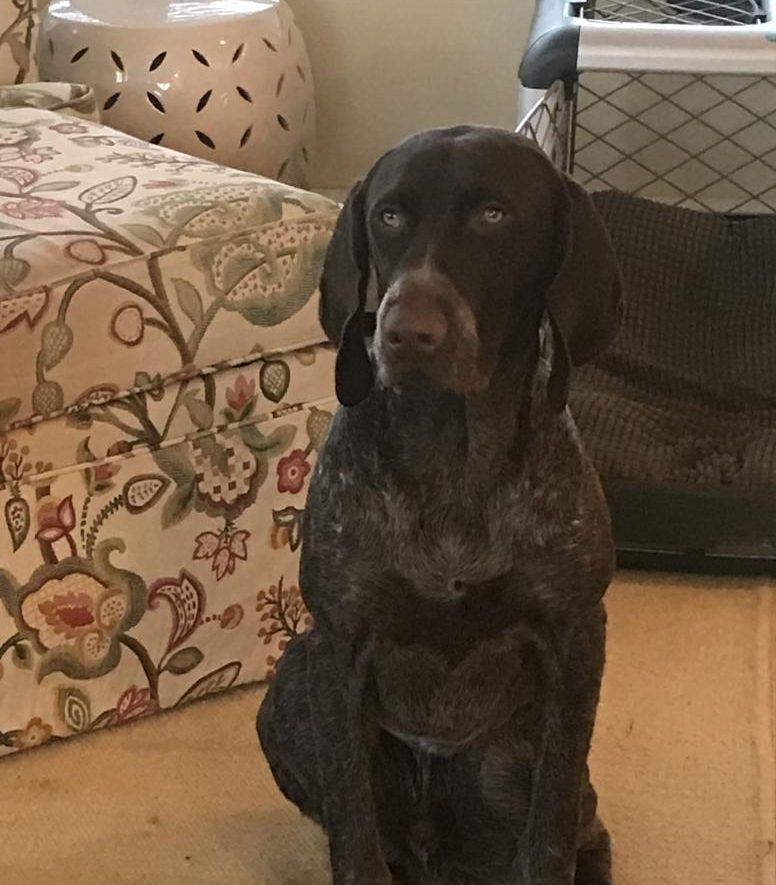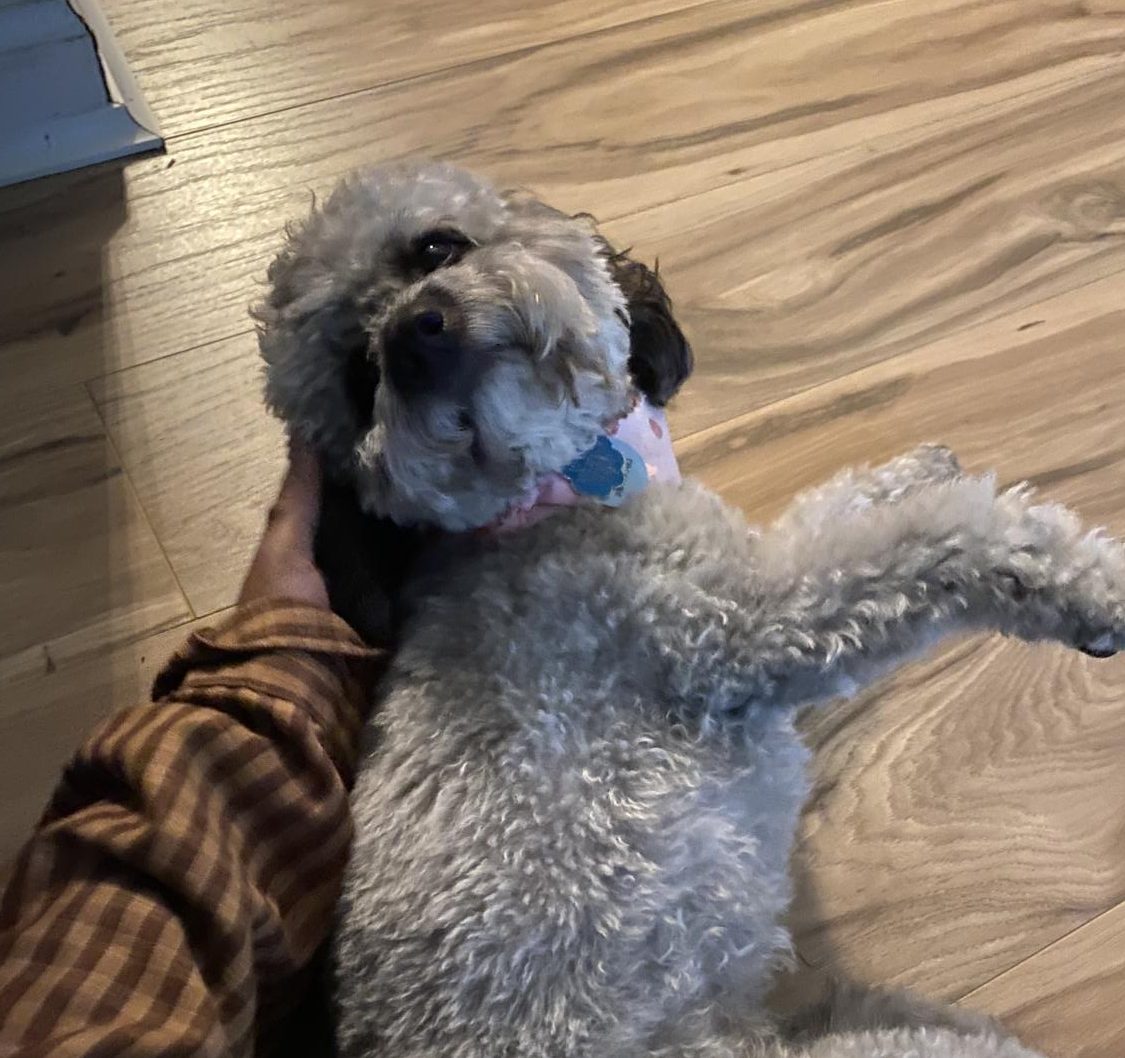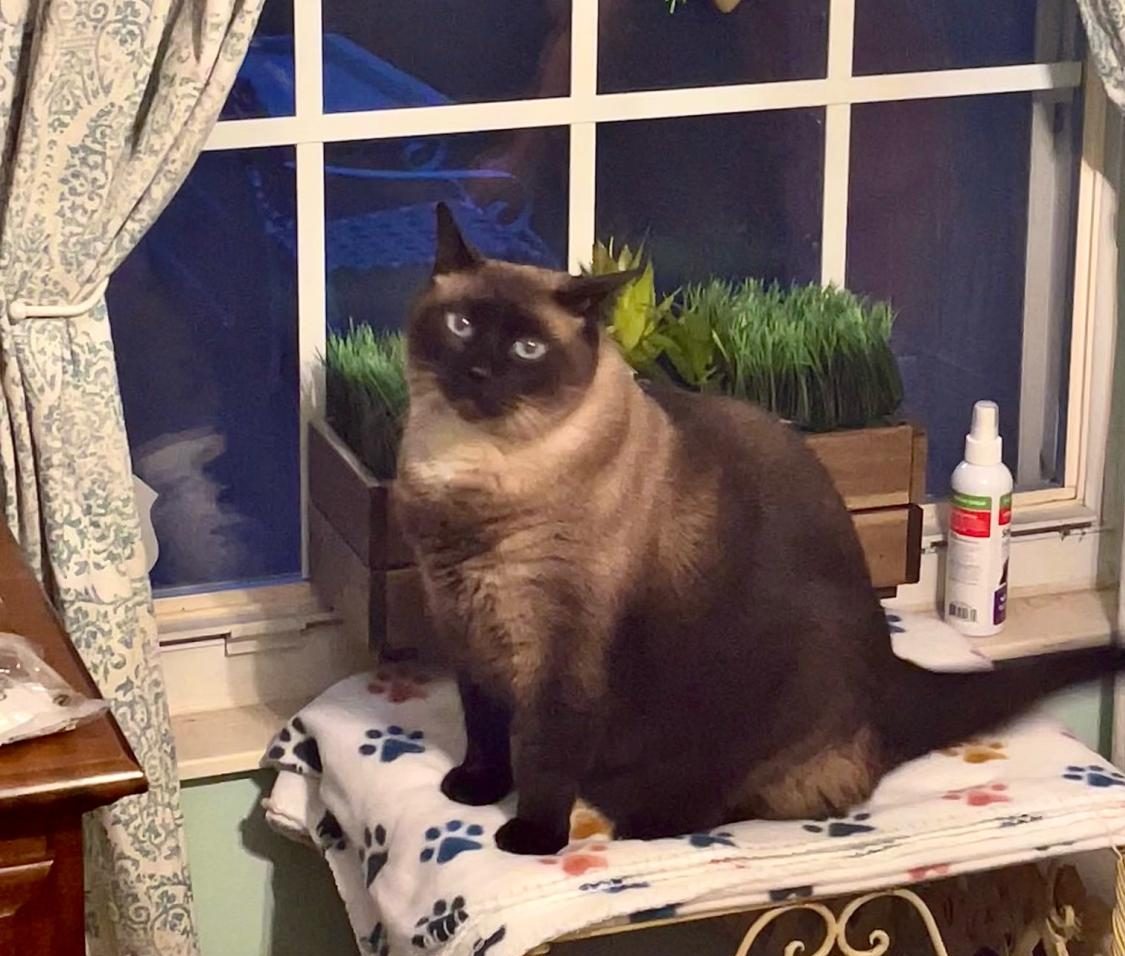Pandemic Pets two years later
Animals adopted during the initial quarantine of the COVID-19 pandemic are now about two years old. How have these pets adjusted to society post isolation?

Last year, the day before Valentine’s Day, my family adopted our second dog, a German Shorthaired Pointer who, ironically, turned out to be much less loving and adorable than his adoption date suggests. We named him Tucker for the way he can sleep for hours after a long day of running through the house tormenting my older dog.
Maybe we’re partially to blame for his hyperactive nature, with my return to school a month later leaving him a limited window to adjust to his new surroundings. Thankfully he wasn’t overly affected by the isolation, and became known throughout the neighborhood as “that dog who jumps on the fence when you walk by.” To anyone seeking a new companion, please learn from our mistakes and research your future pet to be prepared to handle their temperaments. Although, as crazy as all my friends and family know Tucker is, he can be sweet and innocent in between energy shocks.

As an owner of a pandemic pet, I have first hand experience of how difficult it can be to raise one. Around May of 2020, my mom and I adopted an adorable dog we named Fiona Mae when she was around 2 months old. With our constant presence at home up until March 2021, my mom working and me in virtual school, Mae became attached to us quickly.
However, because she was spending so much time with us, she developed separation anxiety. She cries every time we leave the house without her, but she is a handful to take with us, so it is hard to find balance between the two.


Your donation will support the student journalists of Walnut Hills High School. Your contribution will allow us to purchase equipment, cover our annual website hosting, printing costs and offset competition and conferences fees for students.







